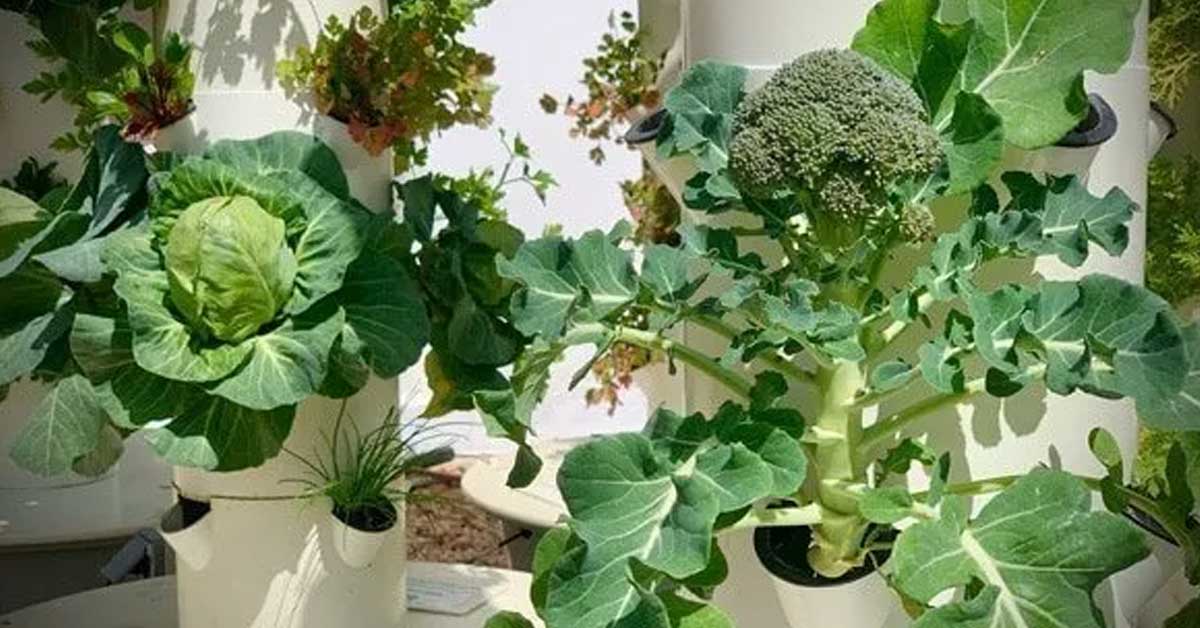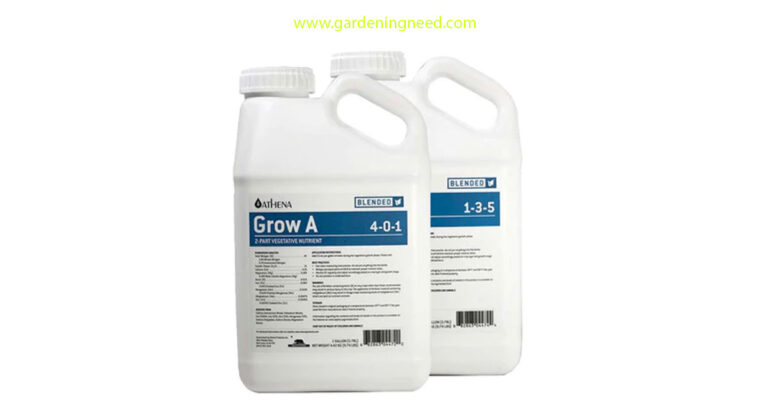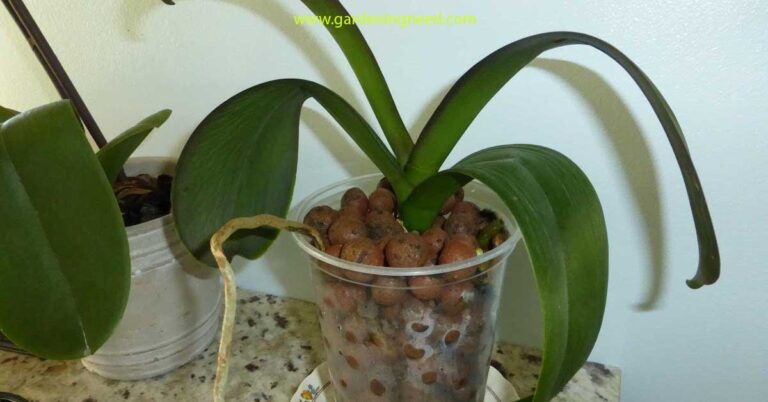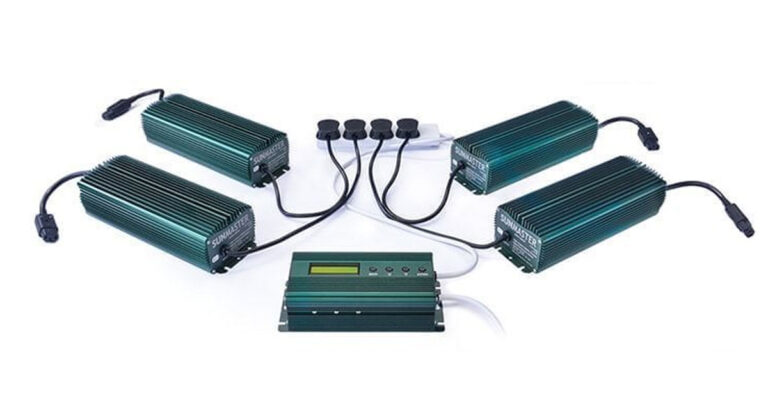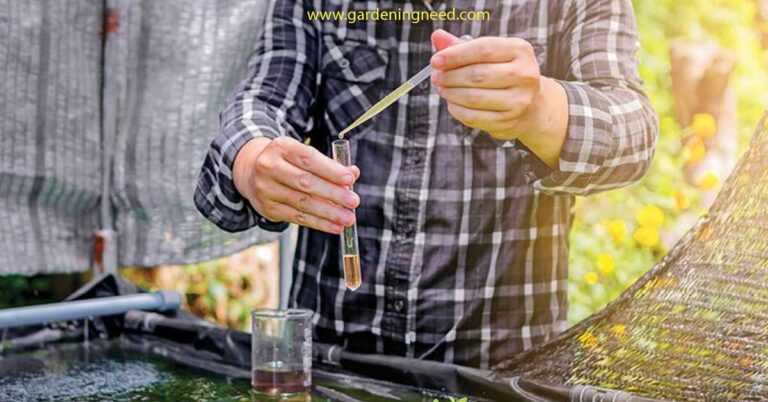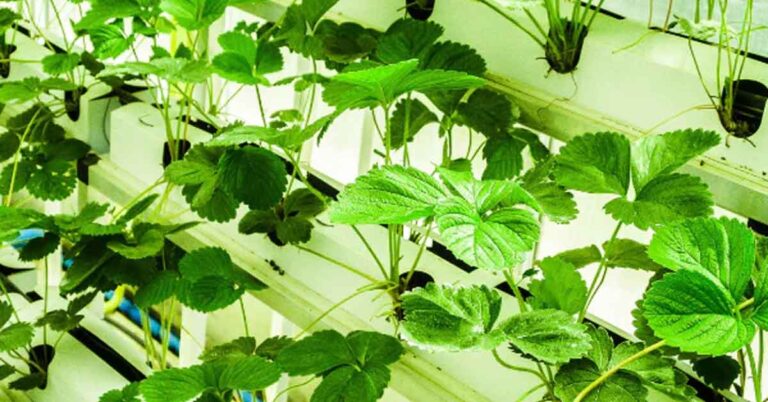The Secret to Growing The Best Hydroponic Broccoli
Hydroponic broccoli is a nutrient-rich cruciferous vegetable, grown using a modern agricultural method known as hydroponics.
This method involves cultivating plants in a water-based, nutrient-rich solution, entirely eliminating the need for soil.
Hydroponic broccoli is recognized not only for its vibrant green color and intense flavor but also for the high level of control growers have over the growing conditions, resulting in healthier, pesticide-free produce.
Benefits of Growing Broccoli Hydroponically
There are several benefits of growing broccoli hydroponically:
Controlled Environment
With hydroponics, farmers can precisely control the growing conditions including the amount of light, temperature, and nutrients, enhancing the growth and yield of broccoli.
Water Conservation
Hydroponic systems use substantially less water than traditional farming methods because the water is recirculated within the system.
Space-efficient
Hydroponic broccoli can be grown in a much smaller space than traditional farming, making it an ideal choice for urban farming or indoor gardening.
Year-round Production
Hydroponics allows for the cultivation of broccoli throughout the year, irrespective of weather conditions.
Pest and Disease Reduction
Growing broccoli hydroponically reduces the risk of soil-borne diseases and pests.
Faster Growth
Hydroponically grown broccoli often grows faster than soil-grown varieties, leading to quicker harvest times.
Enhanced Nutritional Value
Some studies have shown that hydroponically grown broccoli can have a higher nutritional value than those grown in soil, as the controlled conditions can be optimized for nutritional content.
Tools and Materials Needed to Start a Hydroponic Broccoli Garden
Starting a hydroponic broccoli garden requires some specific tools and materials to ensure the optimal growth and yield of your crops.
Below is a list of essential items:
Hydroponic System
This could be a commercially available set-up or a DIY system. The choice primarily depends on your budget, space availability, and personal preference.
Broccoli Seeds or Seedlings
Opt for high-quality, disease-resistant varieties to ensure a successful harvest.
Grow Lights
These are essential for indoor hydroponic gardens to provide the plants with the necessary light spectrum for photosynthesis.
Hydroponic Nutrients
These are specially formulated solutions that provide all the essential minerals for plant growth.
pH and EC Meter
These tools help monitor the pH and the nutrient concentration in the solution, critical components of a successful hydroponic system.
Net Pots
These are specially designed pots for hydroponics that allow the roots to grow through them and access the nutrient solution.
Growing Medium
This could be rockwool, perlite, clay pebbles, or coir depending on your system and preferences.
Temperature and Humidity Monitor
These will help in maintaining optimal climatic conditions for the growth of broccoli.
Water Pump and Air Stones
These tools ensure the circulation of the nutrient solution and oxygenation of the root zone.
Timer
This is used to automate the controlling of lights and pumps for a hassle-free growing experience.
Preparations Before Planting
Before you start planting broccoli in your hydroponic setup, there are a few crucial steps you need to take.
First, make sure your hydroponic system is clean and well-maintained. Sterilize all the components to prevent any contamination that could hinder plant growth or lead to disease.
Next, test your hydroponic system to ensure all equipment is working correctly. The water pumps, air stones, and grow lights should be in optimal condition.
Now, prepare the growth medium. If you’re using Rockwool, soak it in water with a pH of 5.5 for at least two hours. If you’re using perlite, clay pebbles, or coir, rinse them thoroughly to remove any dust or impurities.
Once your growth medium is ready, you can plant your broccoli seeds or seedlings. If you’re using seeds, place them on the surface of the growth medium and mist them lightly with water. If you’re using seedlings, make a small hole in the growth medium, place the seedling in it, and gently cover the roots.
Finally, ensure that your hydroponic nutrients are properly mixed and that the pH and EC levels are correct. These factors are critical for the successful growth of your plants.
Growth Stages of Hydroponic Broccoli
Growing hydroponic broccoli involves several stages, each with its own specific requirements:
Seed Germination
This initial stage usually lasts for around 3-10 days. The seeds are placed on the growth medium and kept moist until they sprout. The temperature should be kept at around 18-22°C (64-72°F) to facilitate germination.
Seedling Stage
After germination, the young broccoli plants enter the seedling stage, which lasts around 2-3 weeks. The plants start developing their root systems and first true leaves during this period. Adequate light and a slightly cooler temperature of around 15-18°C (59-64°F) are recommended.
Vegetative Stage
This stage lasts for around 3-5 weeks and is crucial for the development of the plant’s structure. Here, the broccoli plants start to grow rapidly, developing a robust root system and larger leaves. A balanced nutrient solution and 14-18 hours of light per day are essential during this stage.
Flowering Stage
This is the final stage, where the broccoli plants start to develop their characteristic green heads. The nutrient solution should be adjusted to include more phosphorus and potassium to support flower development. The temperature should be kept cooler, around 10-15°C (50-59°F), to encourage flowering.
Harvesting
The broccoli is ready to harvest once the heads are fully developed but before the individual florets start to separate. The heads should be green and tight. To harvest, cut the stem around 5-15cm below the head.
Tips for Maintaining Hydroponic Broccoli Garden
Maintaining a hydroponic broccoli garden requires consistent attention and care. Here are some tips to ensure your garden thrives:
Regular Monitoring
Keep a close eye on your plants and hydroponic system. Monitor the pH and EC levels daily, and adjust the nutrient solution as needed.
Cleanliness
Keep your hydroponic system clean to prevent the spread of diseases and pests. Regularly check for any signs of molds or pests.
Light Management
Ensure your broccoli plants receive 14–18 hours of light per day during the vegetative stage. Adjust the intensity and duration of light based on the plant’s growth stage.
Temperature Control
Broccoli prefers a cooler environment. Maintain a temperature between 10-18°C, depending on the growth stage.
Nutrient Management
Continuously provide a balanced nutrient solution, adjusting the composition based on the plant’s growth stage.
Regular Harvesting
Harvest the broccoli heads once they’re fully developed but before the florets start to separate. Regular harvesting encourages further production.
Pruning
Trim or prune the leaves to allow for better air circulation and light penetration, which can contribute to more productive growth.
Root Health
Pay attention to the health of the roots. Healthy roots should be white and free of any foul odors. Discolored or slimy roots indicate problems such as root rot.
Potential Problems in Growing Hydroponic Broccoli and How to Fix Them
Growing hydroponic broccoli is not without its challenges. Here are a few potential problems you might face and some solutions to these issues:
Pest Infestation
Despite hydroponic systems being less prone to pests, infestations can still occur. Aphids, whiteflies, and spider mites are common pests that can harm your broccoli plants. To manage this, regularly inspect your plants for signs of pests and use appropriate pest control methods, such as introducing beneficial insects or using organic insecticides.
Nutrient Deficiencies or Toxicities
If your broccoli plants are displaying signs such as yellowing leaves, stunted growth, or browning at the edges, they may be suffering from nutrient imbalances. Regularly monitor the nutrient solution’s pH and EC levels, and adjust as needed.
Poor Aeration
Hydroponic plants need adequate oxygenation at the root zone for healthy growth. If your broccoli’s growth is stunted or it has yellowing leaves, poor aeration might be the culprit. Increasing the air stone’s output or adding more air stones can solve this issue.
Disease
Diseases such as Pythium or bacterial soft rot can affect hydroponic broccoli. Keeping your system clean, sterilizing equipment, and using disease-resistant varieties can help prevent these diseases.
Bolting
Broccoli plants may bolt, or go to seed prematurely, if they’re exposed to temperatures too high for their liking. Maintain a cooler environment, especially during the flowering stage, to avoid bolting.
Conclusion
Hydroponic cultivation of broccoli is a rewarding endeavor that allows year-round production, irrespective of seasonal variations.
Following the growth stages carefully, from seed germination to harvesting, and adhering to the guidelines for maintenance and troubleshooting, could result in a flourishing hydroponic broccoli garden.
Regular monitoring, cleanliness, light and temperature management, nutrient control, and timely harvesting and pruning are key to success.
While challenges such as pests, nutrient imbalances, inadequate aeration, disease, and bolting may arise, with proper knowledge and care, these can be effectively managed.
Embracing hydroponics offers an efficient, sustainable, and highly productive method of growing broccoli, transforming the way we approach agriculture.

